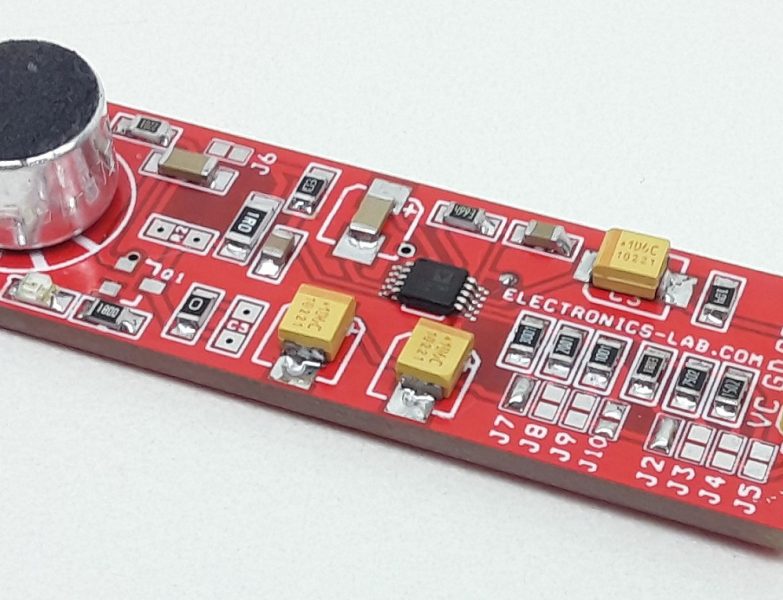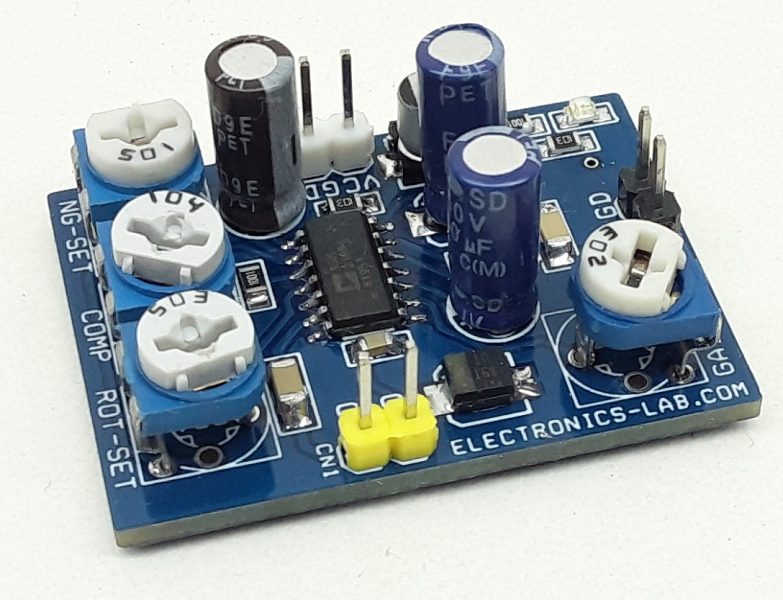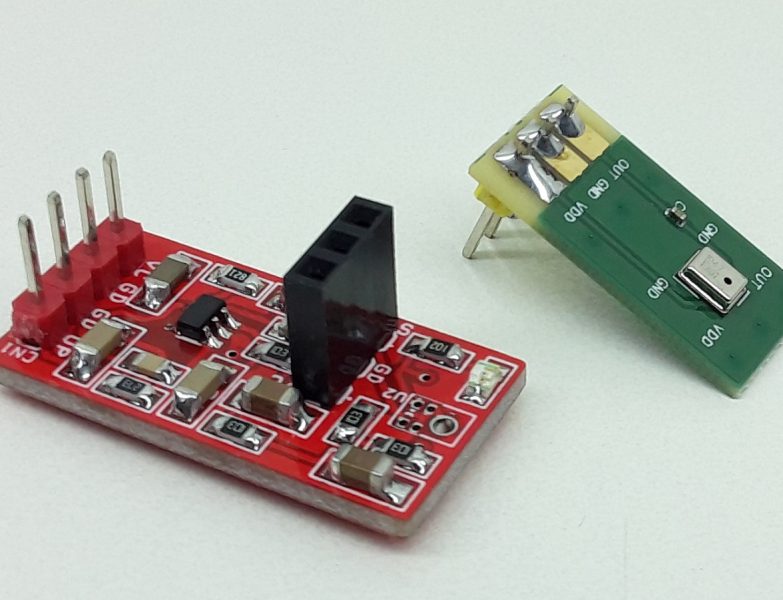MEMS Microphone Pre-Amplifier with Compression and Noise Gating – Studio Quality Microphone Pre-Amplifier
- Rajkumar Sharma
- 697 Views
- easy
- Tested
- SKU: EL114065
- Quote Now
MEMS Microphones is setting a new performance benchmark across a growing number of industries. These innovative silicon microphones were designed to extend the benefits of the lowest possible self-noise (high SNR) and lowest distortion to an ever-expanding number of applications. The project presented here is a low noise analog MEMS microphone Preamplifier with compression and noise gating. The project provides a studio-quality audio experience. The project is built using SSM2167 chip and InvenSense ICS-40180 Low-Noise Microphone with bottom port and analog output.
This is a complete microphone signal conditioning project. Designed primarily for voice-band applications, this project provides amplification, limiting, variable compression, and noise gate. User-adjustable compression ratio, noise gate threshold, and two different fixed gains optimize circuit operation for a variety of applications.
This is a complete and flexible solution for conditioning MEMS microphones for personal electronics and computer audio systems. It is also excellent for improving vocal clarity in communications and the public address systems. A low noise voltage-controlled amplifier (VCA) provides a gain that is dynamically adjusted by a control loop to maintain a set compressions characteristic. The compression ratio is set by a jumper and can be varied from 1:1 to over 10:1 relative to the fixed rotation point. Signals above the rotation point are limited to prevent overload and eliminate popping.
A downward expander (noise gate) prevents the amplification of background noise or hum. This results in an optimized signal level prior to digitization, thereby eliminating the need for additional gain or attenuation in the digital domain. The flexibility of setting the compression ratio and the time constant of the level detector, coupled with two values of rotation point, make the SSM2167 easy to integrate into a wide variety of microphone conditioning applications.
Features
- Operating Supply 3.3V DC
- On-Board MEMS Microphone
- Noise Gate Adjustable Using Resistor R2
- Various Compression Ratio Adjustable Using Resistor R4
- On-Board Power LED
- Extended Frequency Response from 60 Hz to 20 kHz
- Peak to Peak Output Maximum 2V
- PCB Dimensions 32.23 x 12.86 mm
Compression Ratio
This project provides four different settings for the compression ratio in the same manner as the noise gate threshold. Experiment with different compression ratios to determine what sounds best in a given system, starting with 2:1 is recommended. A high compression ratio exaggerates the effect of the noise gate because the compression ratio determines the gain at the noise gate. Compression of 10:1 only in systems where the noise floor is well below the noise gate. Most systems require between 2:1 and 5:1 compression for best results. The compression ratio keeps the output steady over a range of source to microphone distances.
Setting The Compression Ratio, Resistor R2
- R2 175K = 10:1
- R2 75K= 5:1
- R2 35K = 3:1
- R2 15K = 2:1
- R2 0 Ohms = 1:1
Setting The Noise Gate Threshold, Resistor R4
- R4 5K = (dBV) -55
- R4 2K = (dBV) -54
- R4 1K = (dBV) -48
- R4 0 Ohms = (dBV) -40
MEMS Microphone
The ICS-40180 is an analog MEMS microphone with high SNR and enhanced RF immunity. The ICS-40180 includes a MEMS microphone element, an impedance converter, and an output amplifier. Other high-performance specification includes a linear response up to 124 dB SPL, tight ±1 dB sensitivity tolerance, and enhanced immunity to both radiated and conducted RF interference.
MEMS Microphone Features
- High 65 dBA SNR
- −38 dBV Sensitivity
- ±1 dB Sensitivity Tolerance
- Non-Inverted Signal Output
- Extended Frequency Response from 60 Hz to 20 kHz
- Enhanced RF Immunity
- 124 dB SPL Acoustic Overload Point
- Low Current Consumption: 190 µA
- Single-Ended Analog Output
- High −78 dBV PSR
- 3.5 × 2.65 × 0.98 mm Surface-Mount Package
MEMS Microphones, the Future for Hearing Aids
Driven by aging populations and a pronounced increase in hearing loss, the market for hearing aids continues to grow, but their conspicuous size and short battery life turn many people off. As hearing loss becomes ever more common, people will look for smaller, more efficient, higher-quality hearing aids. At the start of the hearing aid signal chain, microphones sense voices and other ambient sounds, so improved audio capture can lead to higher performance and lower power consumption throughout the signal chain.
Microphones are transducers that convert acoustical signals into electrical signals that can be processed by the hearing aid’s audio signal chain. Many different types of technologies are used for this acoustic-to-electrical transduction, but condenser microphones have emerged as the smallest and most accurate. The diaphragm in condenser microphones moves in response to an acoustic signal. This motion causes a change in capacitance, which is then used to produce an electrical signal.
Electret condenser microphone (ECM) technology is the most widely used in hearing aids. ECMs implement a variable capacitor with one plate built from a material with a permanent electrical charge. ECMs are well established in today’s hearing industry, but the technology behind these devices has remained relatively unchanged since the 1960s. Their performance, repeatability, and stability over temperature and other environmental conditions are not very good. Hearing aids, and other applications that value high performance and consistency, present an opportunity for a new microphone technology that improves on these shortcomings, allowing manufacturers to produce higher quality, more reliable devices.
- More info: https://www.analog.com/en/analog-dialogue/articles/mems-microphones-future-for-hearing-aids.html
- Basic principles of MEMS microphones: https://www.edn.com/basic-principles-of-mems-microphones/
- Comparing MEMS and Electret Condenser (ECM) Microphones: https://www.cuidevices.com/blog/comparing-mems-and-electret-condenser-microphones
Schematic
Parts List
| NO | QNTY. | REF. | DESC | MANUFACTURER | SUPPLIER | SUPPLIER PART NO |
|---|---|---|---|---|---|---|
| 1 | 1 | CN1 | 4 PIN MALE HEADER PITCH 2.54MM | WURTH | DIGIKEY | 732-5317-ND |
| 2 | 3 | U2,CN2,C6 | DNP | DO NOT INSTALL | ||
| 3 | 3 | C1,C3,C7 | 10uF/16V SMD TANTLUM SIZE 1210 | AVX | DIGIKEY | 478-TPST106K016H0800CT-ND |
| 4 | 2 | C2 | 0.1uF/50V SMD SIZE 0805 | MURATA/YAGEO | DIGIKEY | |
| 5 | 1 | C4 | 10uF/16V SMD SIZE 1210 OR 1206 | MURATA/YAGEO | DIGIKEY | |
| 6 | 1 | D1 | LED RED SMD SIZE 0805 | LITE ON | DIGIKEY | 160-1427-1-ND |
| 7 | 1 | R1 | 500K/499.9K 5% SMD SIZE 0805 | MURATA/YAGEO | DIGIKEY | |
| 8 | 1 | R2 | 15K 5% SMD SIZE 0805 | MURATA/YAGEO | DIGIKEY | |
| 9 | 1 | R3 | 100K 5% SMD SIZE 0805 | MURATA/YAGEO | DIGIKEY | |
| 10 | 1 | R4 | 2K 5% SMD SIZE 0805 | MURATA/YAGEO | DIGIKEY | |
| 11 | 1 | R5 | 0E SMD SIZE 0805 | MURATA/YAGEO | DIGIKEY | |
| 12 | 1 | R6 | 200E OR 180E 5% SMD SIZE 0805 | MURATA/YAGEO | DIGIKEY | |
| 13 | 1 | U1 | SSM2167 | ANALOG | DIGIKEY | SSM2167-1RMZ-R7CT-ND |
| 14 | 1 | U2 | ICS-40180 | TDK INVENSENSE | DIGIKEY | 1428-1054-1-ND |
| 15 | 1 | C5 | 0.1uF/50V SMD SIZE 1206 | MURATA/YAGEO | DIGIKEY |
Connections



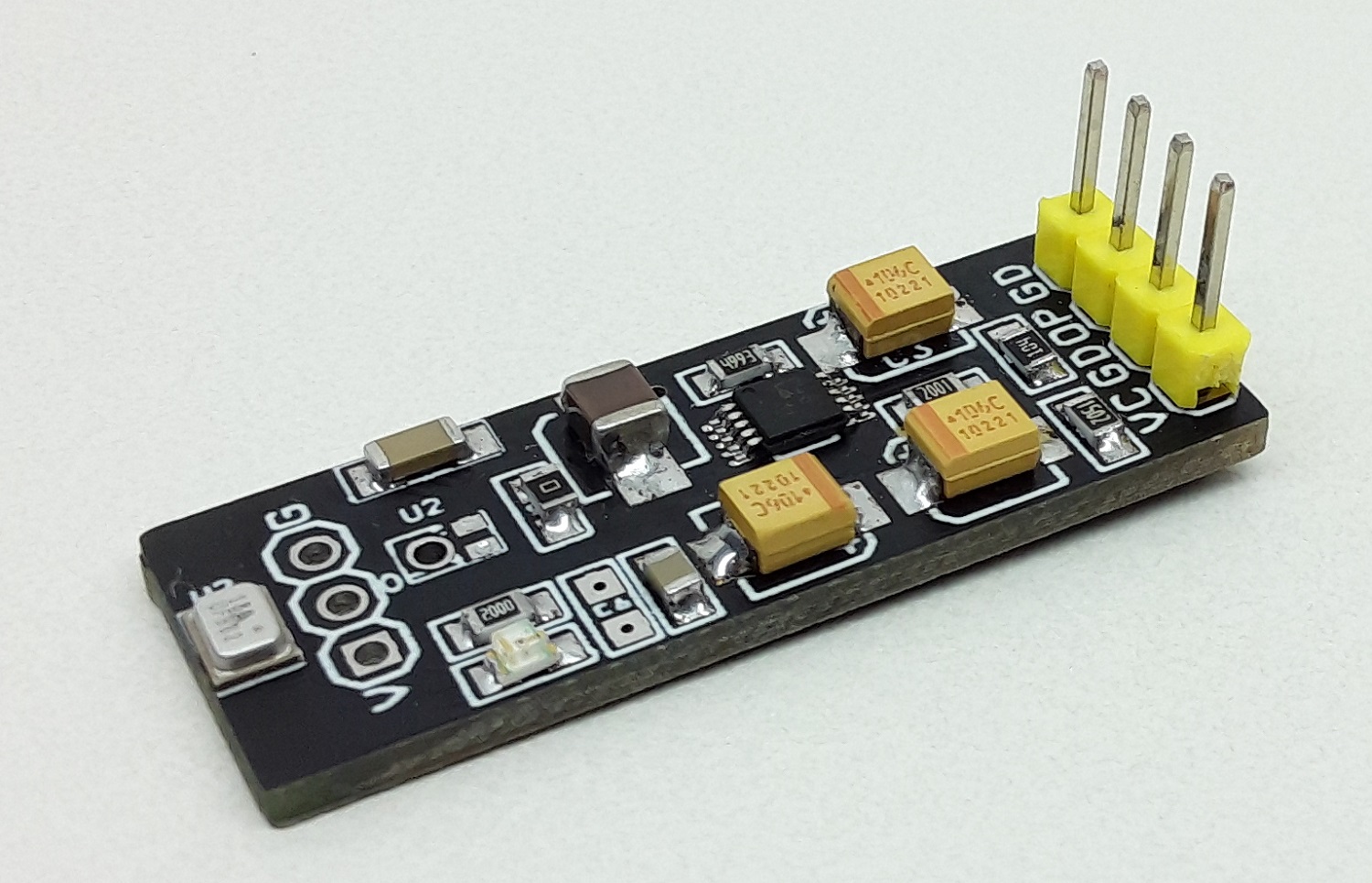
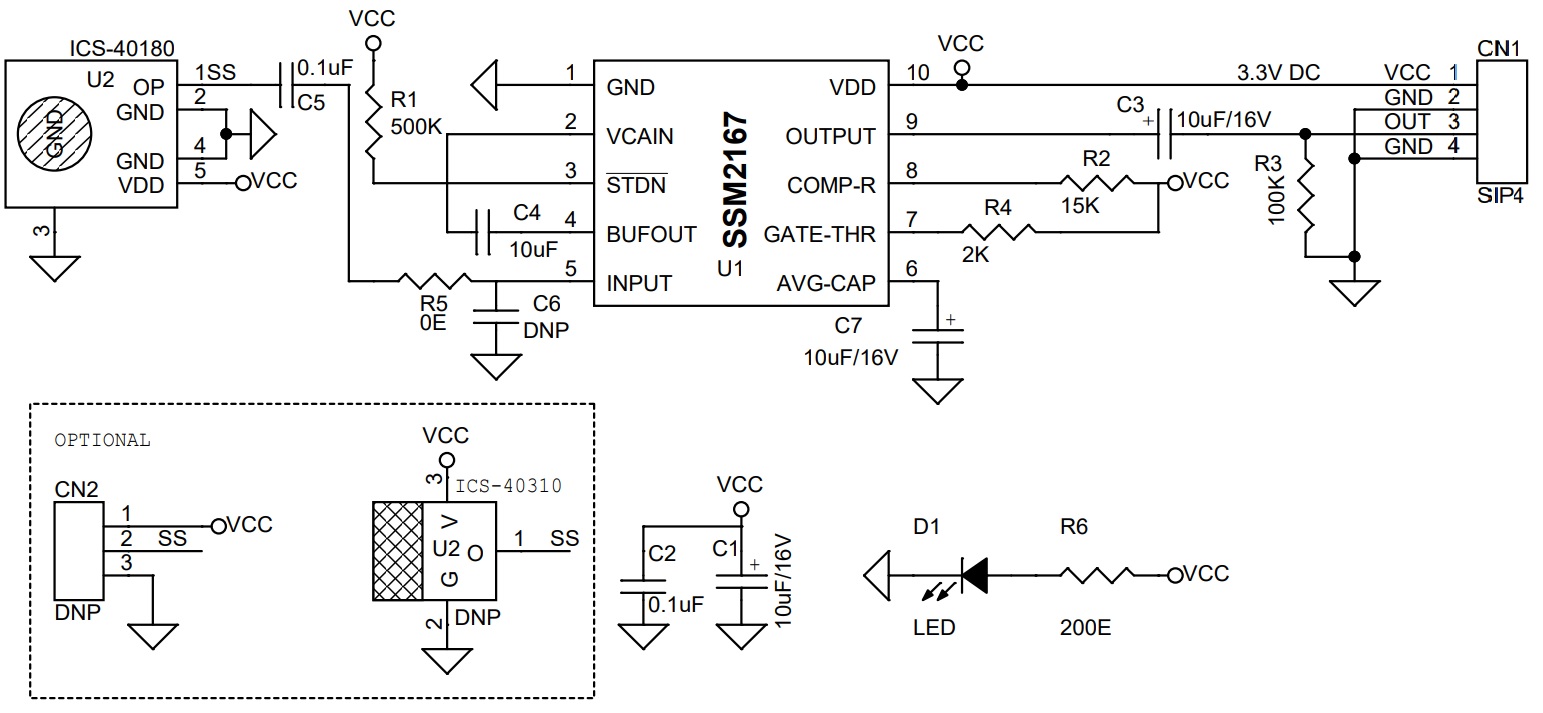
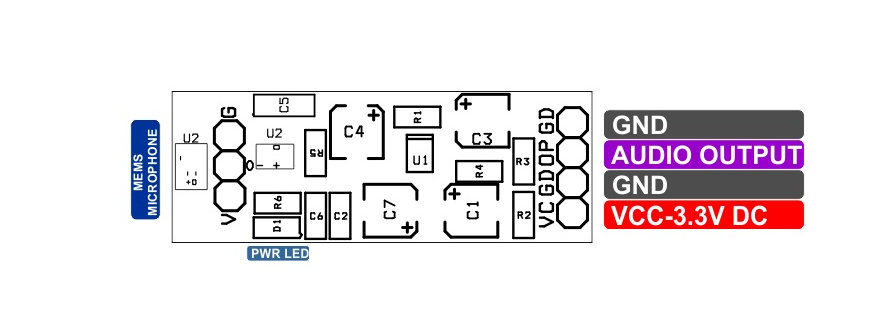
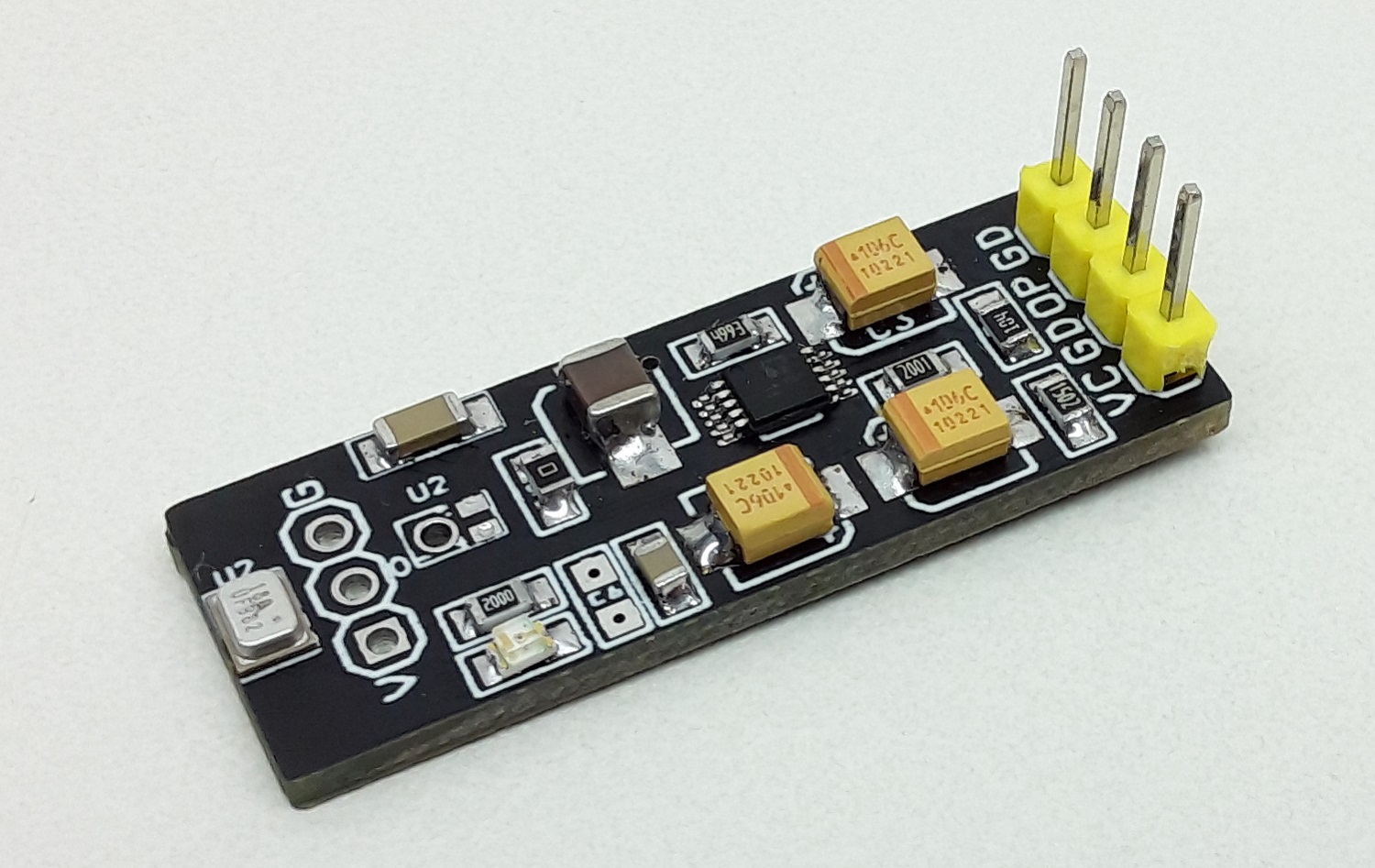
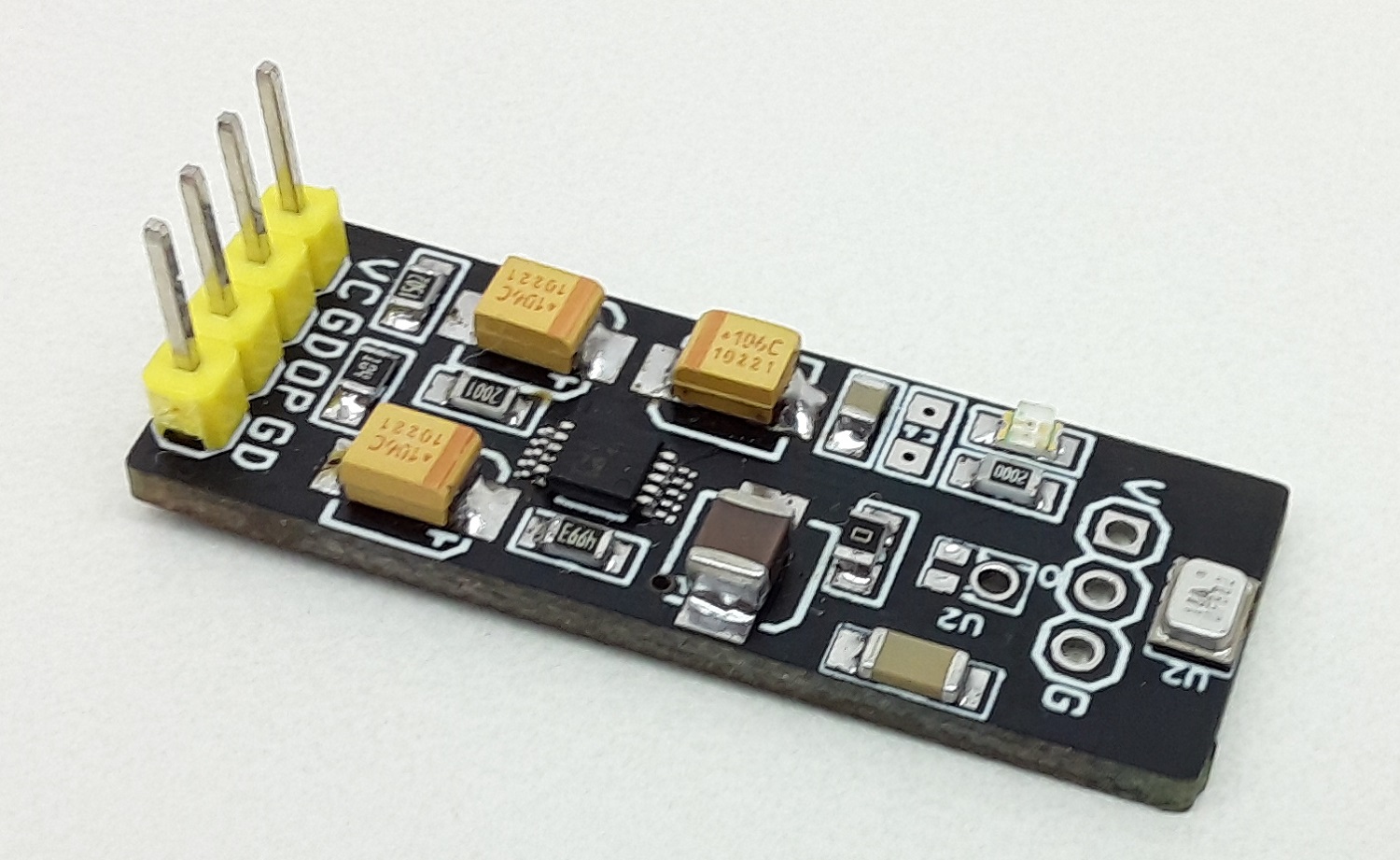
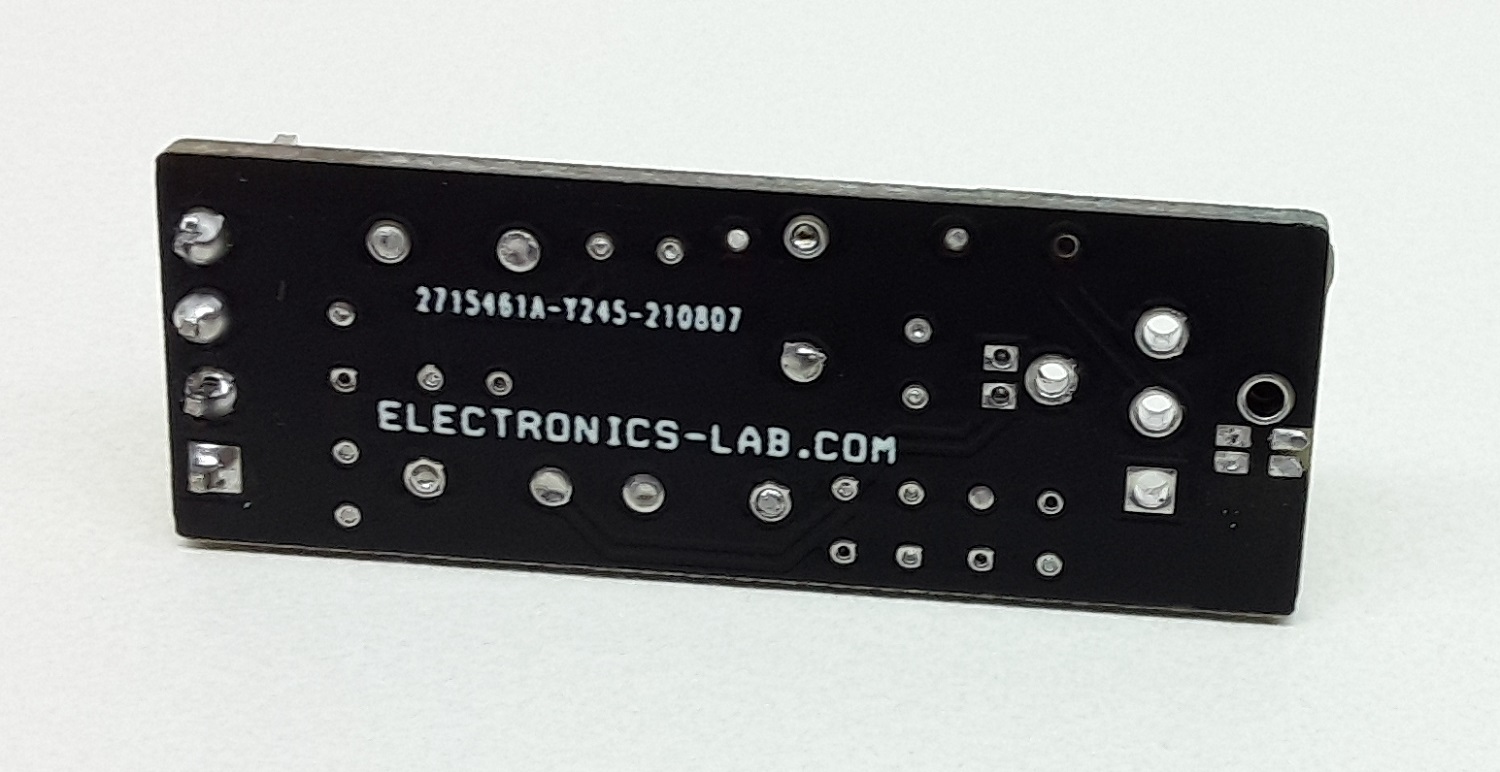
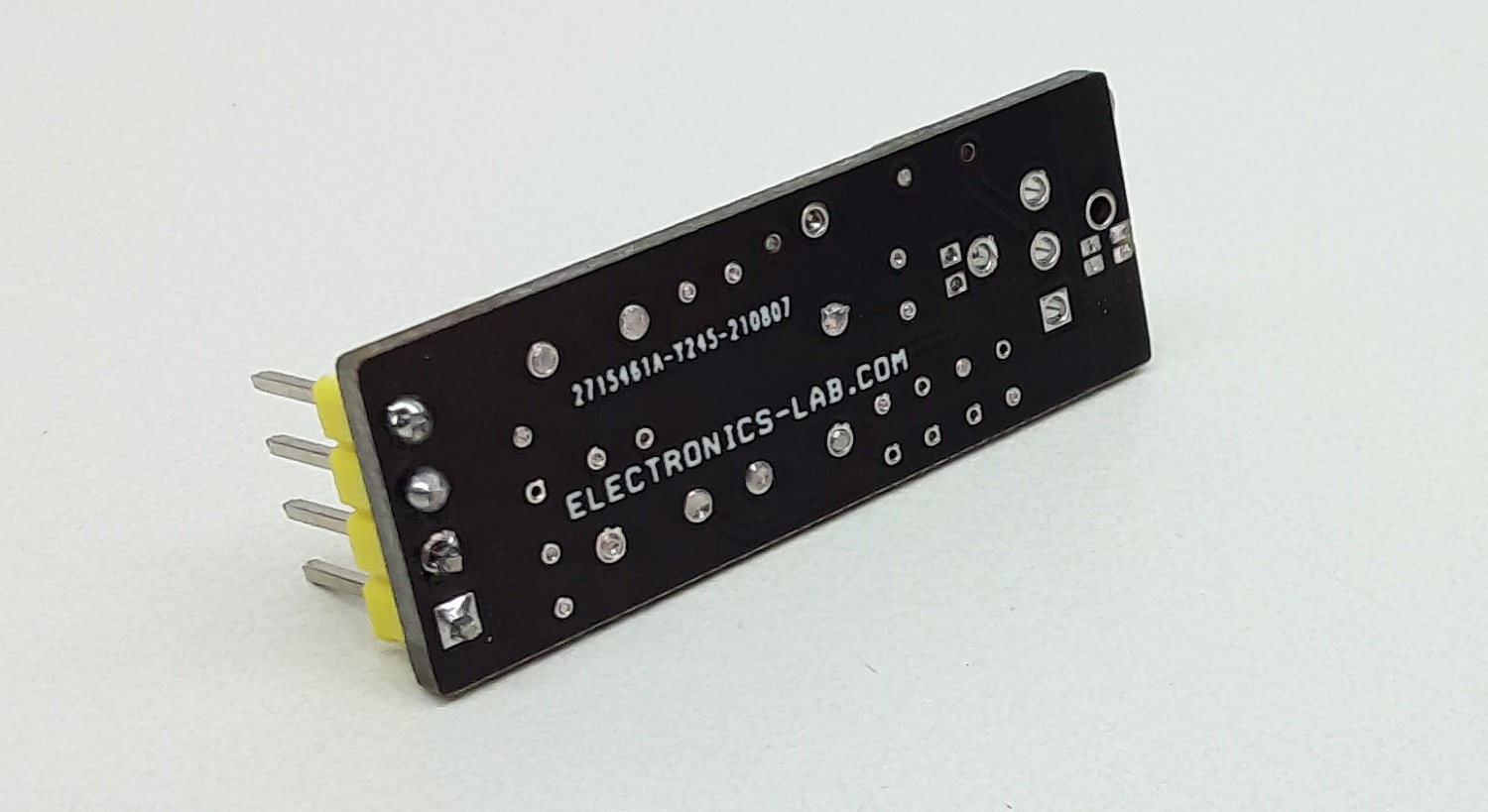
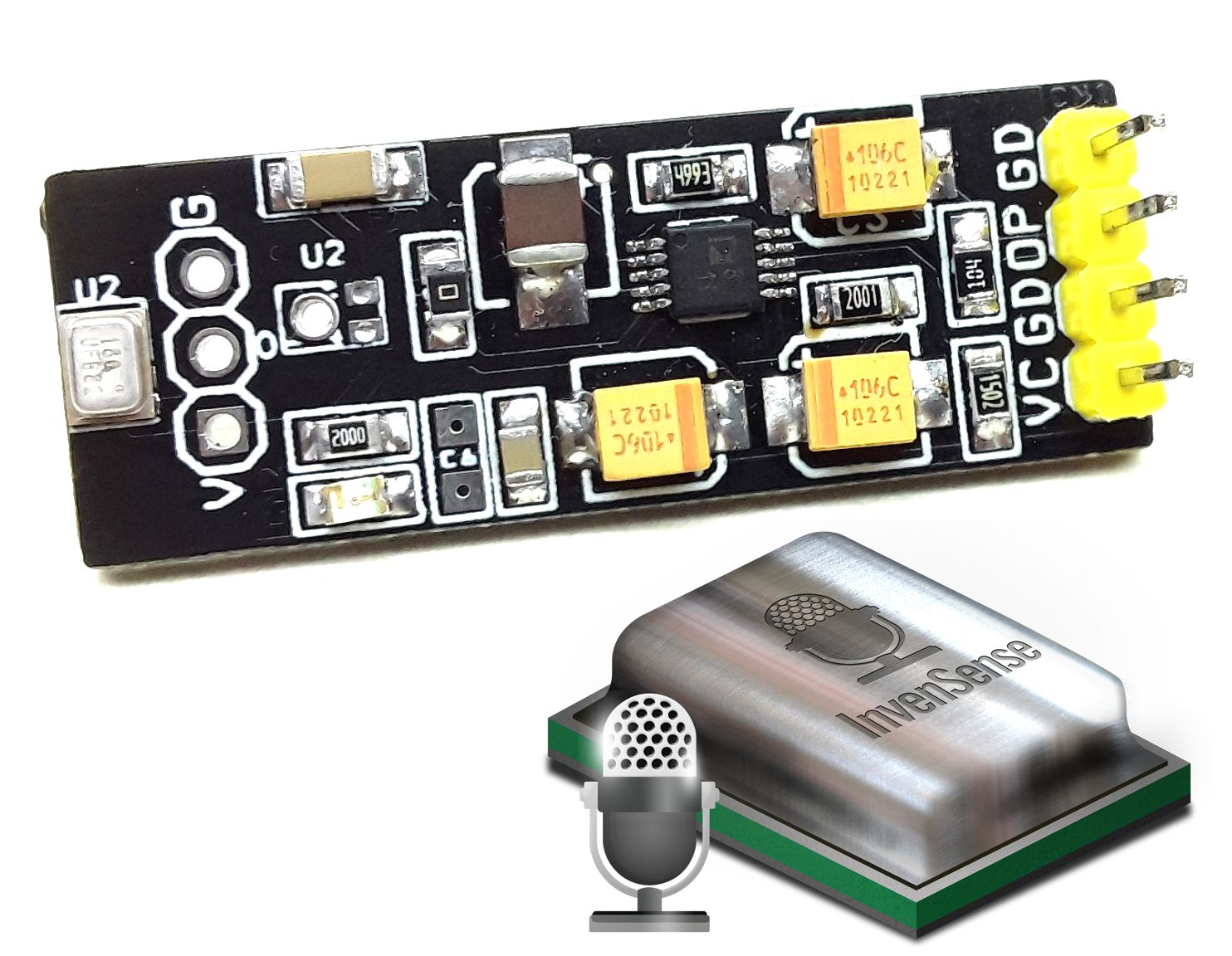
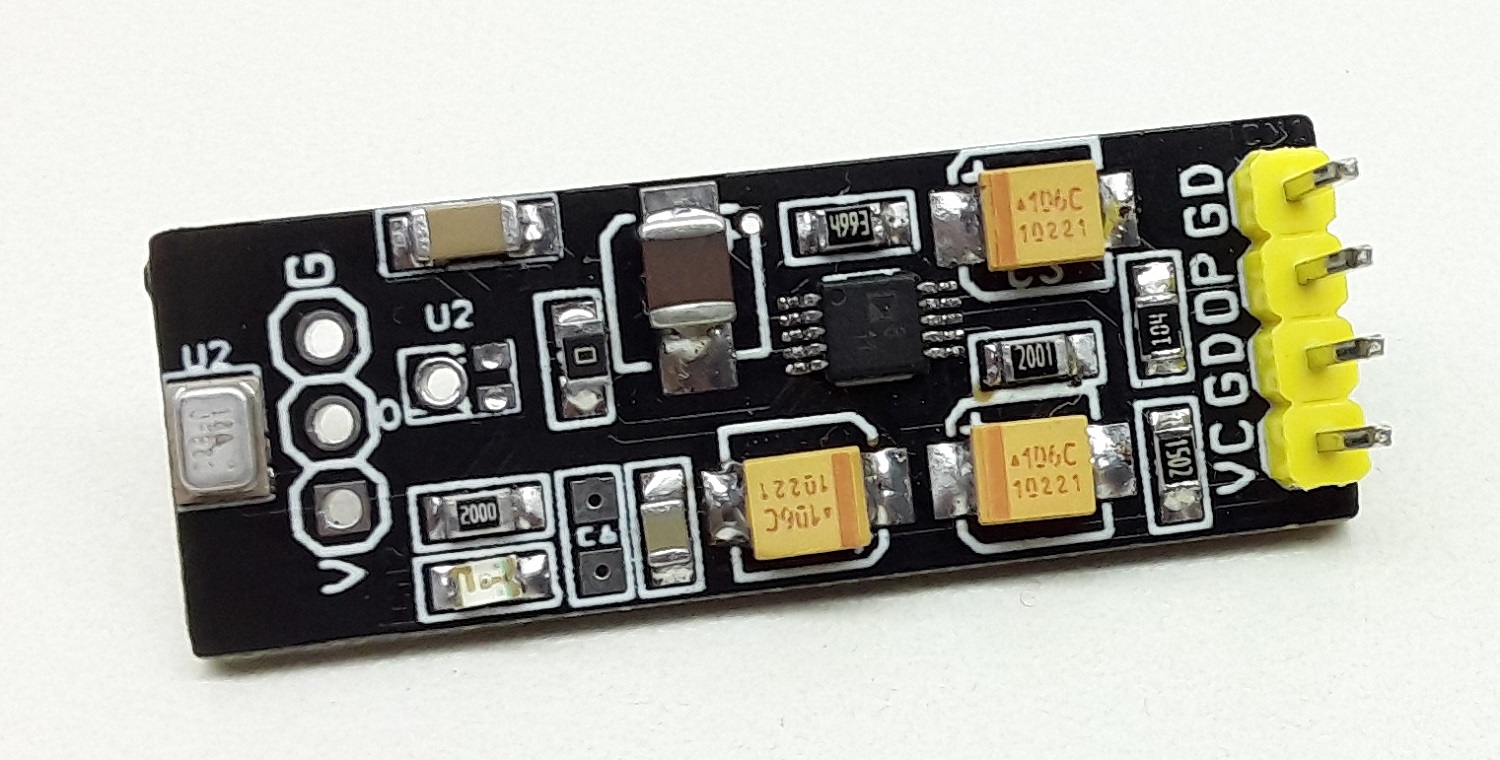
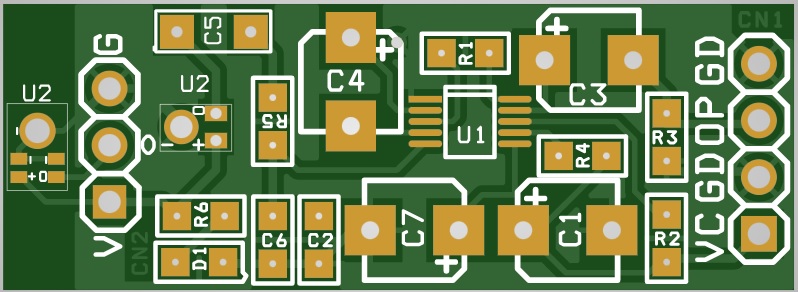
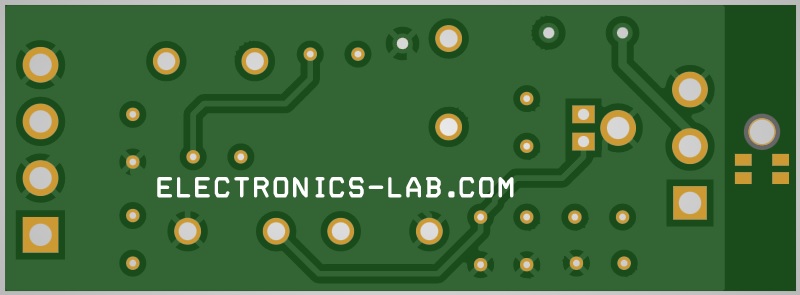
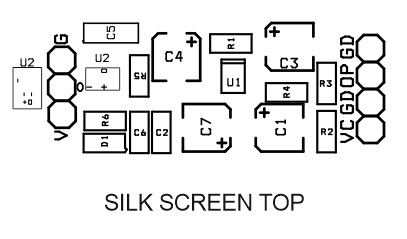
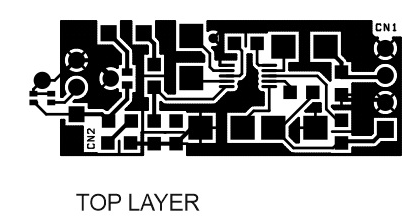
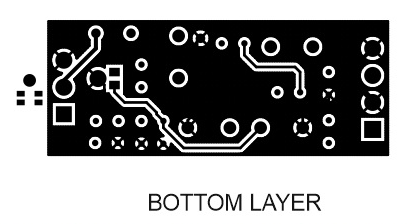
.png)


